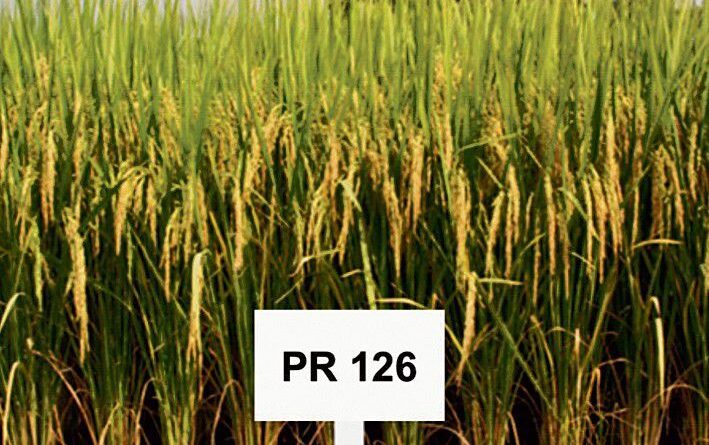Punjab: Millers unhappy with PR-126 variety of paddy
Even as the Punjab govt has been aggressively promoting early maturing PR-126 variety of paddy amid growing concerns over depleting groundwater, rice millers claim that the paddy variety comes with an intrinsic defect of broken grains, resulting in lesser rice yield of around 5 kg per quintal.
Being a short-duration variety, PR 126 matures in just 125 days and requires less water, making it suitable for water-scarce areas in Punjab. However, rice millers say it is often ready in as little as 110 days, resulting in a rice production ratio of only 62 to 64 kg.
Ranjit Singh Jossan, vice-president of the Punjab Rice Industry Association, said the discrepancy on account of lesser rice yield was forcing mill owners to absorb the loss, as the central govt still demanded the full quota of 67 kg.
“For the last two years, this persistent shortage has financially crippled the milling industry, causing losses amounting to crores of rupees,” said Ranjit Singh.
“Millers have no issues with PR-126 variety as such. The only problem is the criterion of rice production fixed by the Centre, which needs to be revised. The Centre should constitute a committee to verify the yield of seeds, and this committee should investigate and resolve the issue. PR 126 and hybrid paddy varieties should be tested immediately to prevent financial loss,” he added.
Even though farmers have no problem with PR-126 as husk is properly developed, rice millers note that the varieties maturing in 105 to 115 days have higher amounts of broken rice. The PR 126 paddy reaches a height of 102 cm and matures in 123-125 days. The variety is resistant to seven different bacterial blight pathogens and yields 30 quintals of paddy per acre.
This season, PR-126 and PR-131 are among the most cultivated non-basmati varieties in Punjab. “The trend has raised concerns among the mill owners, who are already facing heavy losses, as lower rice production could deepen their financial woes. Mill owners fear further financial loss due to low rice production,” said Ranjit Singh.
As per the data compiled by the agriculture department, the area under the early maturing PR-126 increased from 5.59 lakh hectares in 2022 to 11.50 lakh hectares in 2023, and this time it is likely to rise further. During 2023, 44,852.20 quintals of certified seeds of PR-126 were made available to the farmers through various seed producing agencies and this year, 58,999.44 quintals of certified seed has been provided so far.
The PR-126 variety was launched in the state in 2016. The majority of farmers go by the economics of any seed variety and PR-126 scores high on yield potential and per day productivity, per unit time and per unit inputs (waters and pesticides). Normal varieties of paddy like PUSA 44 consume 5,000 to 6,000 litres of water for one kilogram of rice, but varieties like PR-126, and 121 use only 4,000 litres of water for the same yield.
Millers on board
When contacted, Dr Ajmer Singh, director of research at Punjab Agricultural University (PAU), said there shouldn’t be any issues with the PR-126 variety during milling in case the farmers and the millers follow the guidelines. “The trials for PR-126 were conducted with rice millers on board. PR-126 takes 123-125 days, including 30 days of nursery raising and 93-95 days after transplantation of seedlings. It is an adequate time for the grains to mature,” he said.
This article has been republished from The Times of India.

